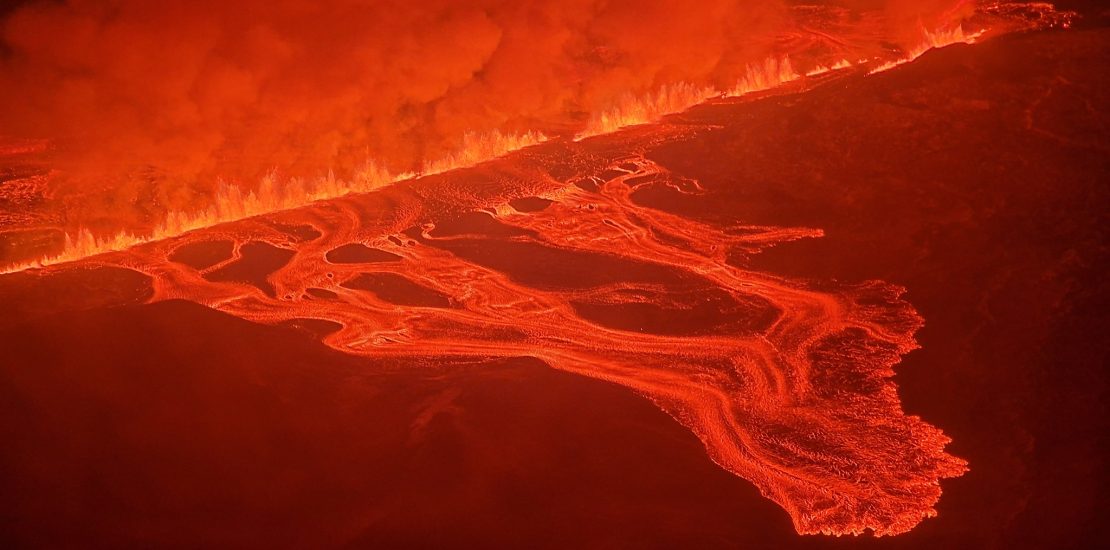- March 6, 2024
- Posted by: admin
- Category: Sunset Africa

The Eruption History of Mount Kilimanjaro
Overview of Mount Kilimanjaro’s Eruption History
Mount Kilimanjaro, located in Tanzania, is the tallest freestanding mountain in the world and a popular destination for trekkers and climbers. While the mountain is known for its impressive snow-capped peaks, many are unaware of its volcanic history. Kilimanjaro is actually a dormant stratovolcano, with three volcanic cones: Kibo, Mawenzi, and Shira. The last major eruption of Kilimanjaro occurred over 360,000 years ago, but the mountain’s volcanic activity has played a significant role in shaping its current landscape.
Geological Timeline of Mount Kilimanjaro’s Volcanic Activity
Prehistoric Eruptions
The earliest eruptions of Mount Kilimanjaro date back over a million years ago, with the formation of Shira, the oldest of the three volcanic cones. Shira’s volcanic activity ceased around 500,000 years ago, giving way to the creation of Mawenzi and Kibo. The last known eruption of Shira occurred approximately 280,000 years ago.
Formation of Mawenzi and Kibo
Mawenzi, the second tallest peak on Kilimanjaro, was formed around 460,000 years ago. It is believed to have been more active in the past, with evidence of lava flows and pyroclastic deposits. Kibo, the highest peak and the youngest of the three cones, began forming around 360,000 years ago. It is made up of layers of lava flows, ash deposits, and volcanic rocks, indicating multiple periods of volcanic activity.
Recent Activity
While Kilimanjaro is considered dormant, there have been reports of minor volcanic activity in the past few centuries. In 1889, German geologist Hans Meyer observed steam emissions from the crater of Kibo, suggesting that there may still be some residual heat beneath the surface. However, there have been no major eruptions in recorded history, and Kilimanjaro is not currently considered a threat for volcanic activity.
Impact on the Landscape
The volcanic activity of Mount Kilimanjaro has had a significant impact on its landscape. The layered volcanic rocks that make up the mountain’s structure provide valuable information about its geological history. The various lava flows, ash deposits, and volcanic rocks have shaped the terrain, creating the unique ecosystems that exist on the mountain today. The snow-capped peaks of Kilimanjaro are actually remnants of past eruptions, with glaciers forming in the crater of Kibo due to the cooler temperatures at higher altitudes.
In conclusion, while Mount Kilimanjaro may be dormant now, its volcanic history is an important part of its identity. Understanding the geological timeline of Kilimanjaro’s volcanic activity provides valuable insight into the formation of the mountain and the processes that have shaped its landscape over millions of years. For those interested in exploring this natural wonder, Sunset Africa Safari offers guided tours to Kilimanjaro. For booking inquiries, please contact info@sunsetafricasafari.com.
